What Is Tympanoplasty?
Tympanoplasty is the surgery to reconstruct your ruptured ear drum. A ruptured ear drum impairs your ability to hear and can also cause infections, leading to a discharging ear. A chronically discharging ear may cause permanent perforation syndrome, which fails to resolve spontaneously and may need surgery to reconstruct the ear drum. For expert care, visit Richardsons.
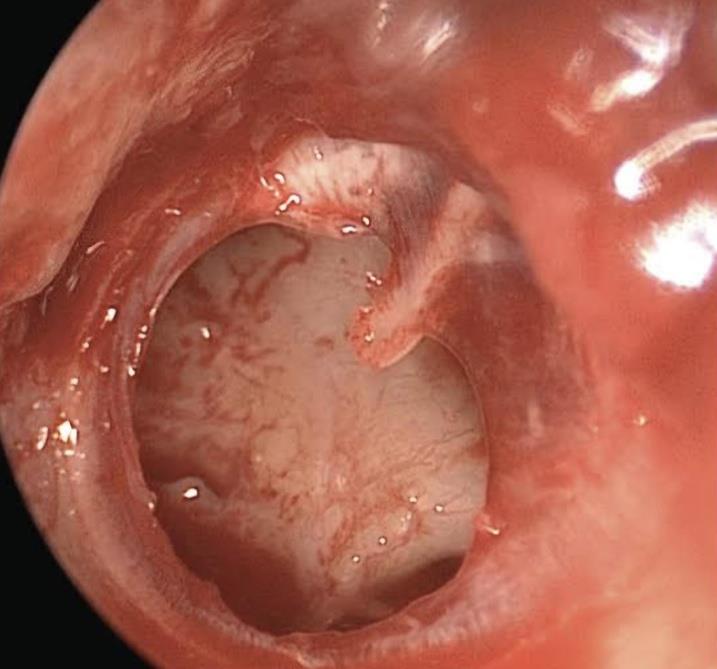
What Are the Causes of a Ruptured Ear Drum?
A ruptured ear drum may occur due to:
- Infection in the Middle Ear
- Trauma (e.g., assault or a slap over the ear)
- Poking the Eardrum during ear cleaning with buds, bobby pins, or other foreign objects
- Sudden Exposure to Loud Noise, such as the bursting of crackers
- Barotrauma, caused by a sudden change in ear pressure
How Is a Patient Evaluated for Tympanoplasty?
Before undergoing Tympanoplasty for a ruptured ear drum, patients are evaluated through:
- Routine Anesthetic Evaluation: Ensures you are fit for surgery.
- Audiometry: Comprehensive hearing tests to assess the preoperative hearing threshold and the function of the ear ossicles.
- CT Scan of the Temporal Bone: Helps determine the extent of the disease, plan the surgical approach, and predict outcomes.
- Ear Endoscopy or Microscopic Evaluation: Examines the size and margins of the perforation for accurate diagnosis and treatment planning.

What Are the Different Approaches to Tympanoplasty?
While all types of Tympanoplasties aim to reconstruct a ruptured ear drum, the surgical approach depends on the extent of the disease, hearing impairment, and the surgeon’s preference. The key approaches include:
- Postauricular Tympanoplasty: An incision is made behind the ear along the ear crease, and the middle ear is accessed through the external ear.
- Endaural Tympanoplasty: The incision is made above the ear canal to provide access.
- Transcanal Tympanoplasty: This minimally invasive method uses an endoscope or microscope, avoiding external incisions.
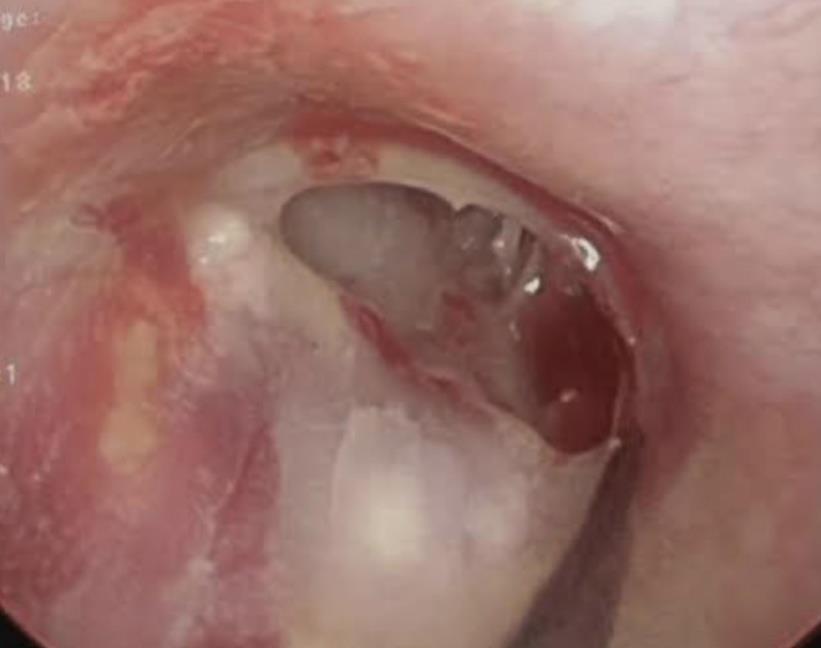
Is Tympanoplasty Done Under Local or General Anesthesia?
Tympanoplasty is typically performed under local anesthesia, but in some cases, particularly for anxious patients, general anesthesia may be used.
Brief Steps of Tympanoplasty:
- Incision: Based on the selected approach, or in some cases, an incisionless technique is used.
- Graft Harvest: A small incision is made over the temporal region to harvest a graft from the temporalis muscle.
- Cartilage Harvest (if needed): Cartilage may be taken from the ear (tragus or conchal) in specific cases.
- Graft Placement: The harvested graft is positioned to cover the perforation.
- Ear Packing: Medicated ear wicks are placed in the ear canal.
- Wound Closure: The incision is closed, followed by sterile ear dressing.
For safe and expert care, visit Richardsons for ruptured ear drum repair.
Is the Surgery Painful?
Tympanoplasty generally causes minimal to no pain after the procedure. Mild discomfort is common due to the fullness in the ear and the ear dressing. After surgery, medicated wicks will be placed inside your ear canal, which may temporarily affect your hearing. These sensations are typically short-lived and should improve as you heal.
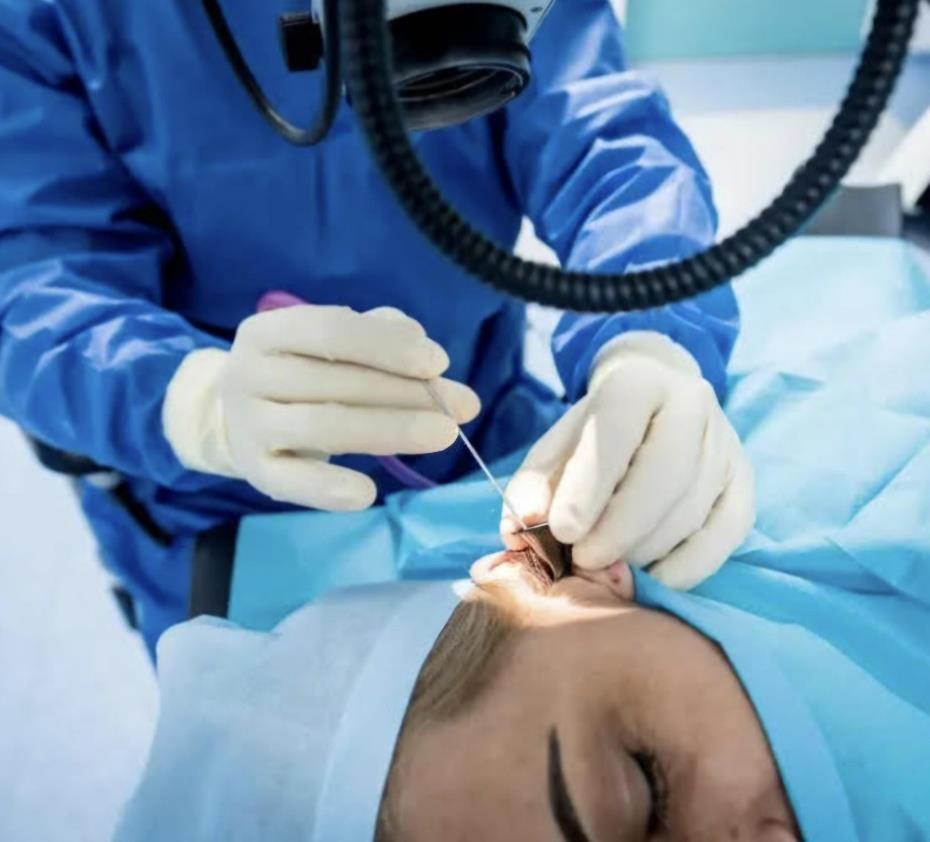
When Can I Resume Work After Surgery?
You can typically resume your routine within 3 to 5 days after tympanoplasty. However, you’ll need to follow stringent post-operative care for optimal recovery:
- Avoid head baths for up to a month.
- Avoid strenuous exercise or lifting heavy weights.
- Avoid air travel for 2 to 3 weeks.
- Avoid using ear buds or any foreign objects in the ear canal.
- Avoid blowing your nose or forceful sneezing.
- Avoid water entry into the ear and swimming for a month.
- Complete the full course of prescribed medications as directed.
What Are the Risks/Complications of the Surgery?
The complications of tympanoplasty are very rare. However, some late complications can include:
- Failure of graft uptake.
- Persistent hole in the eardrum.
The success rate of tympanoplasty is generally more than 90 percent, ensuring most patients recover well.




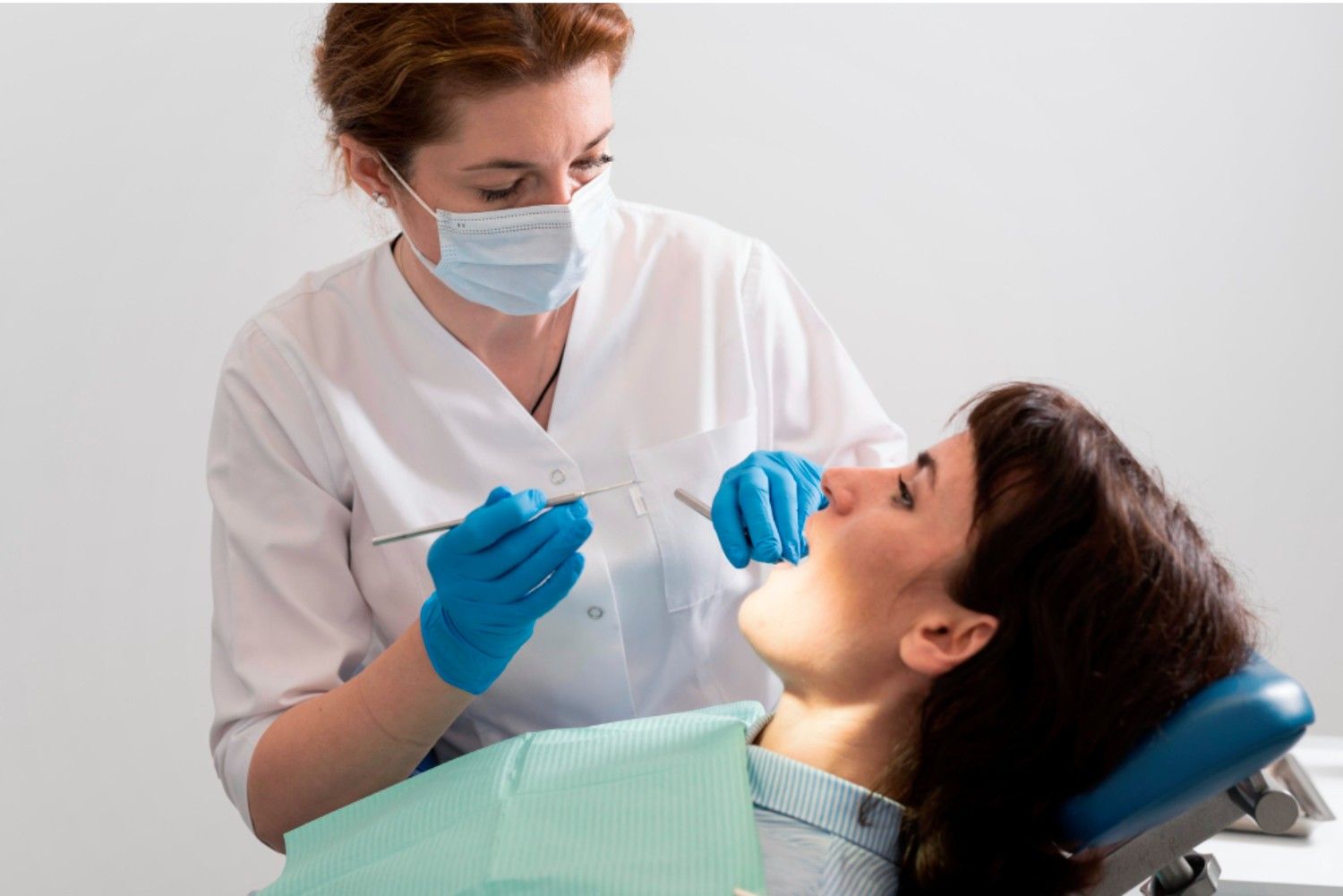

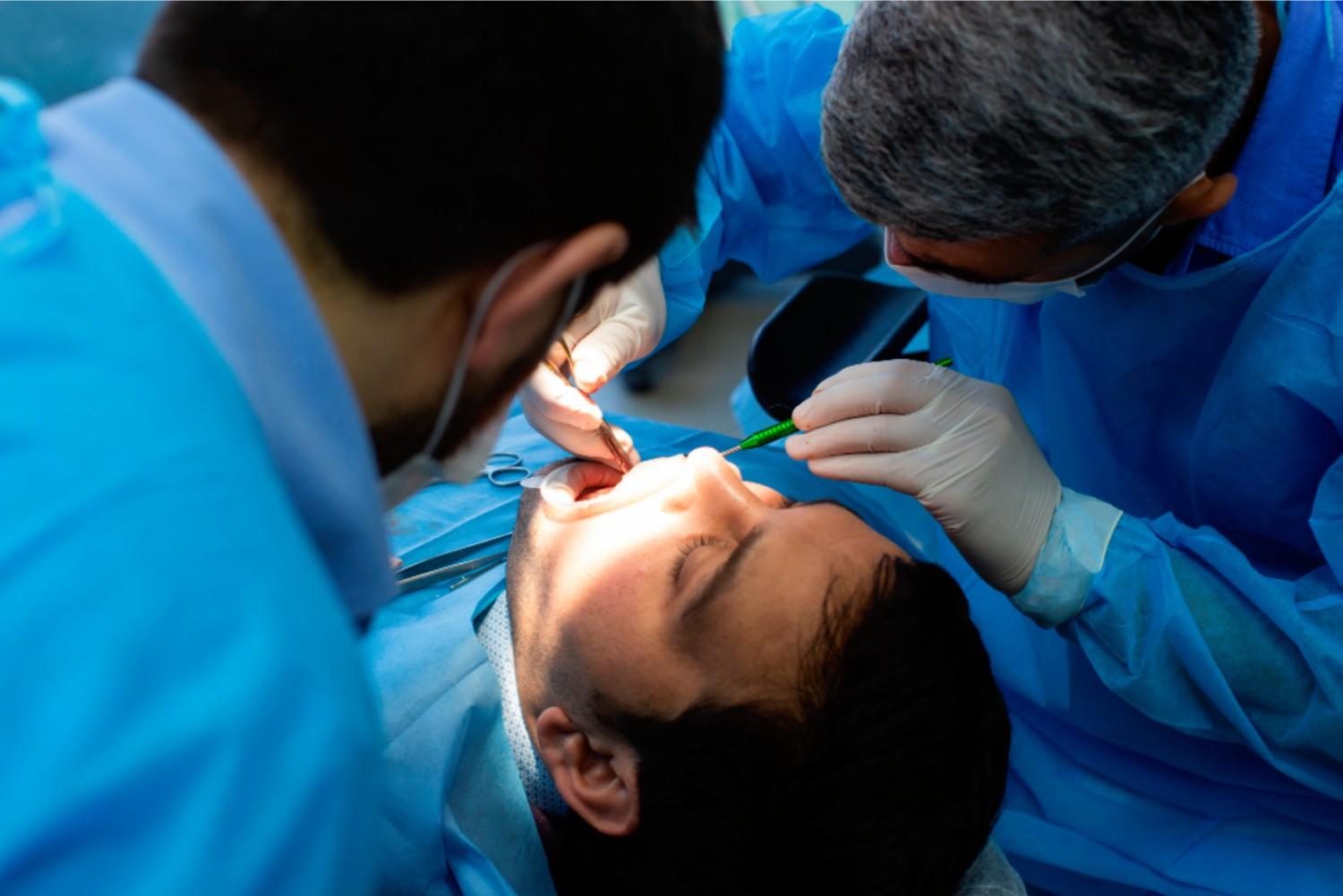

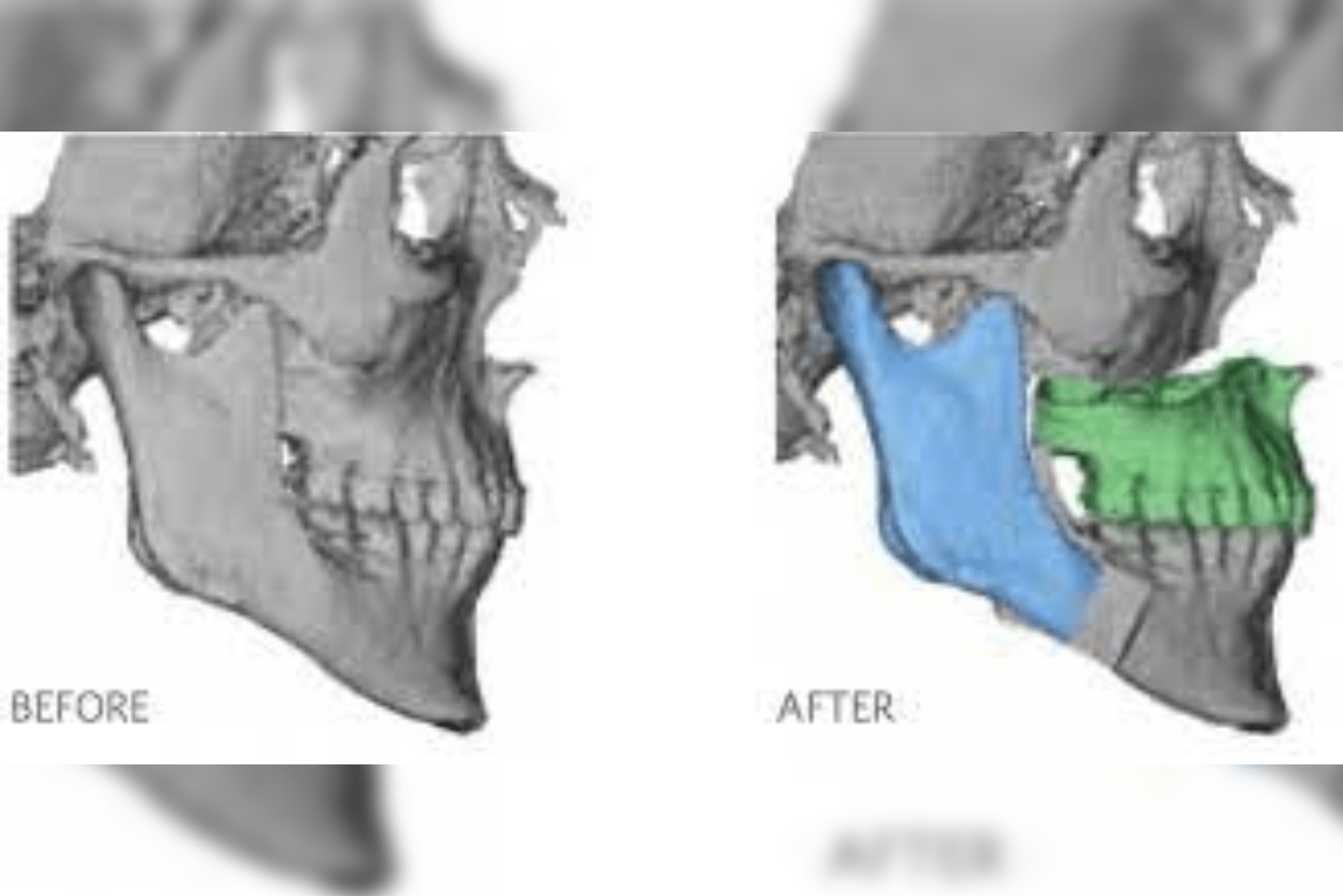


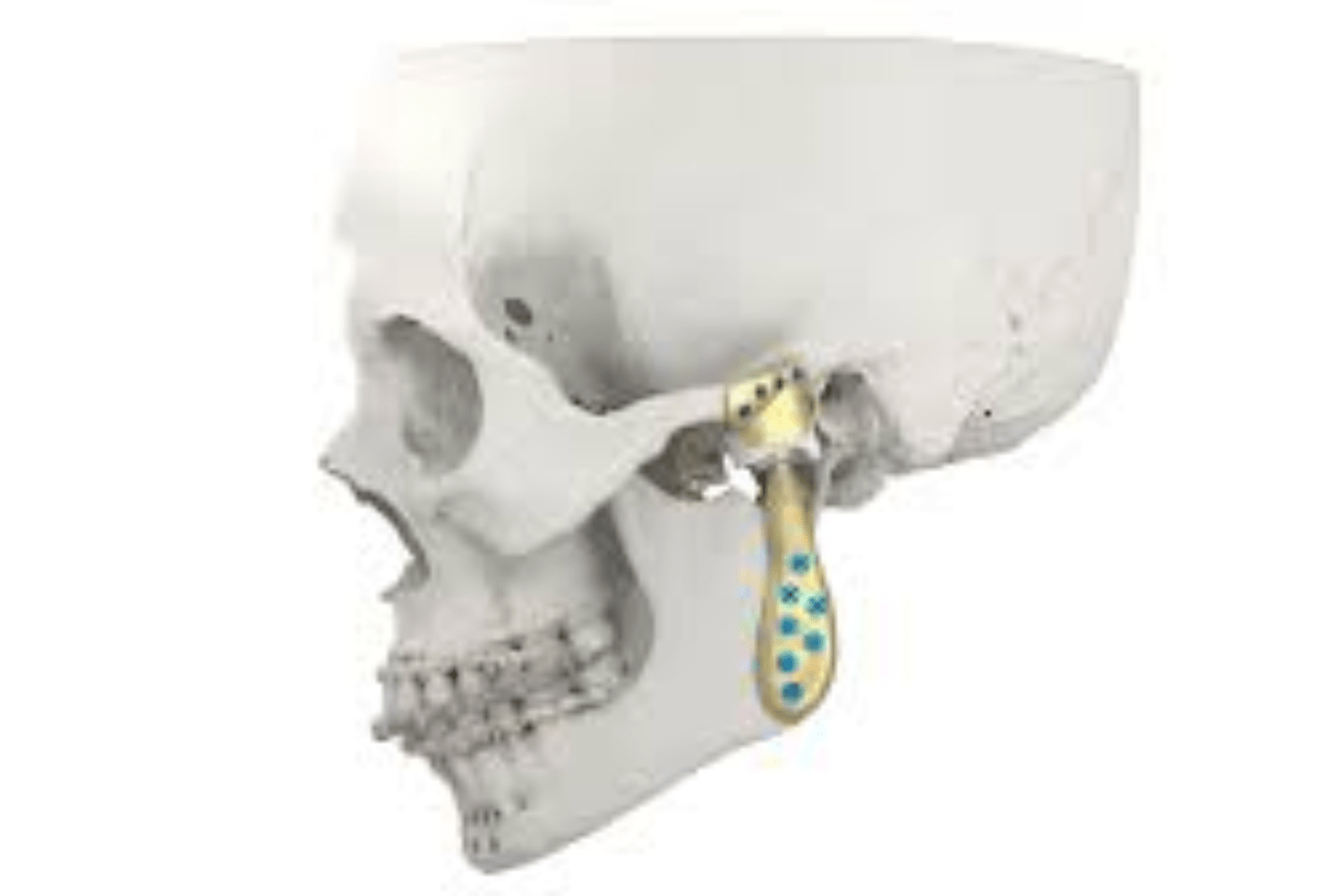
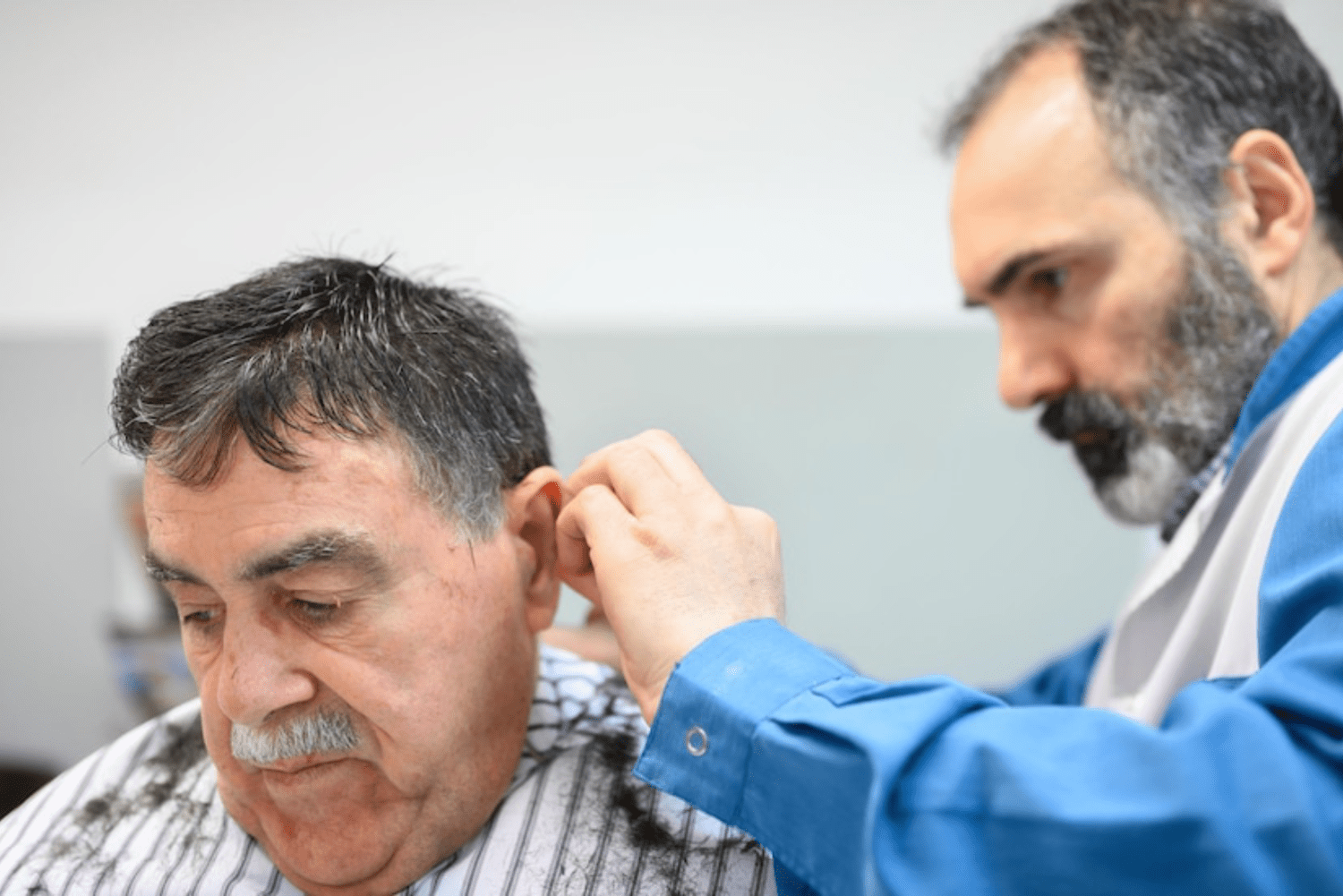


One Response
I have to convey my respect for your kindness for people that actually need guidance on the concept. Your real commitment to getting the message all around appeared to be definitely functional and has really enabled individuals much like me to get to their desired goals. Your invaluable useful information implies a great deal to me and substantially more to my fellow workers. Regards; from each one of us.